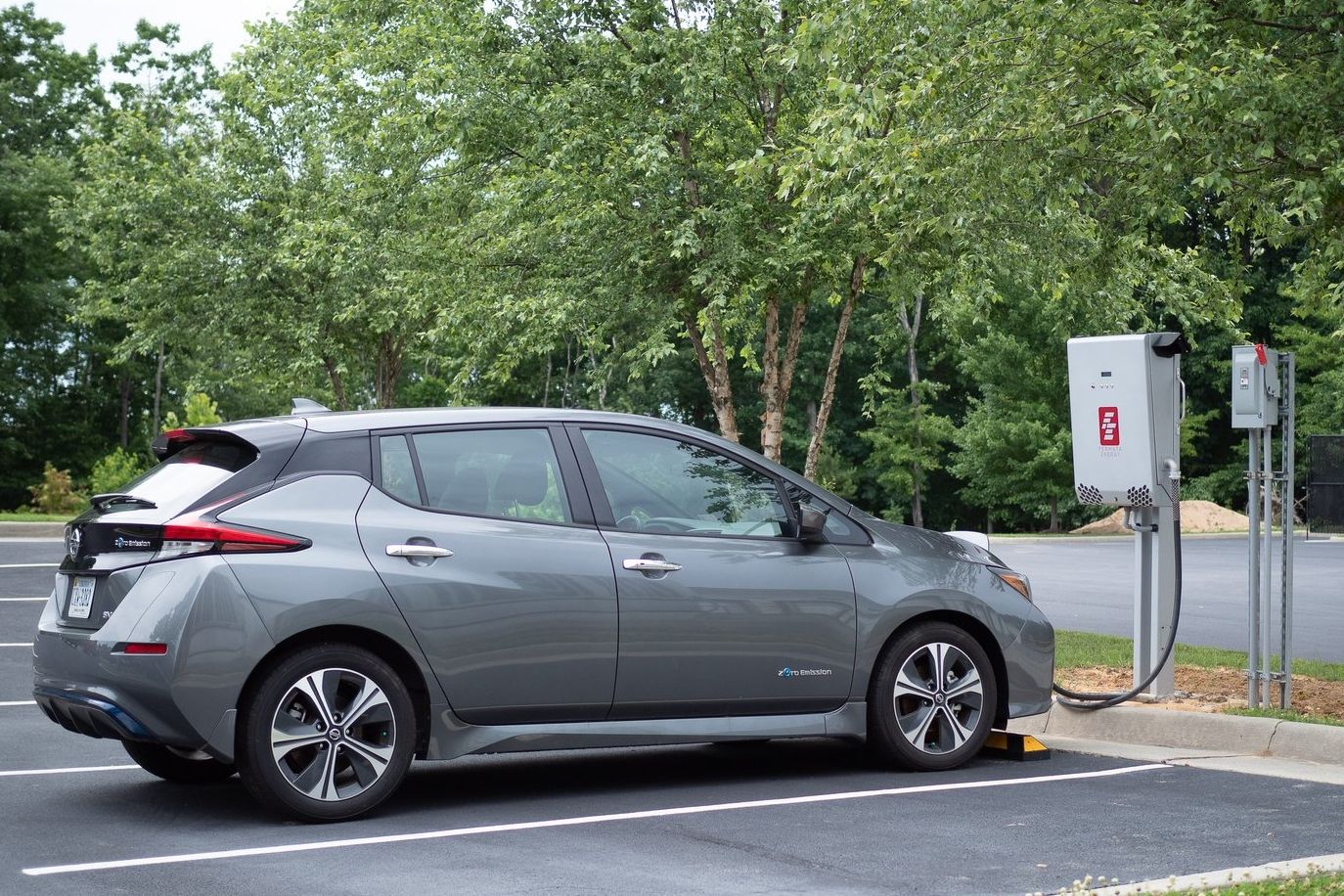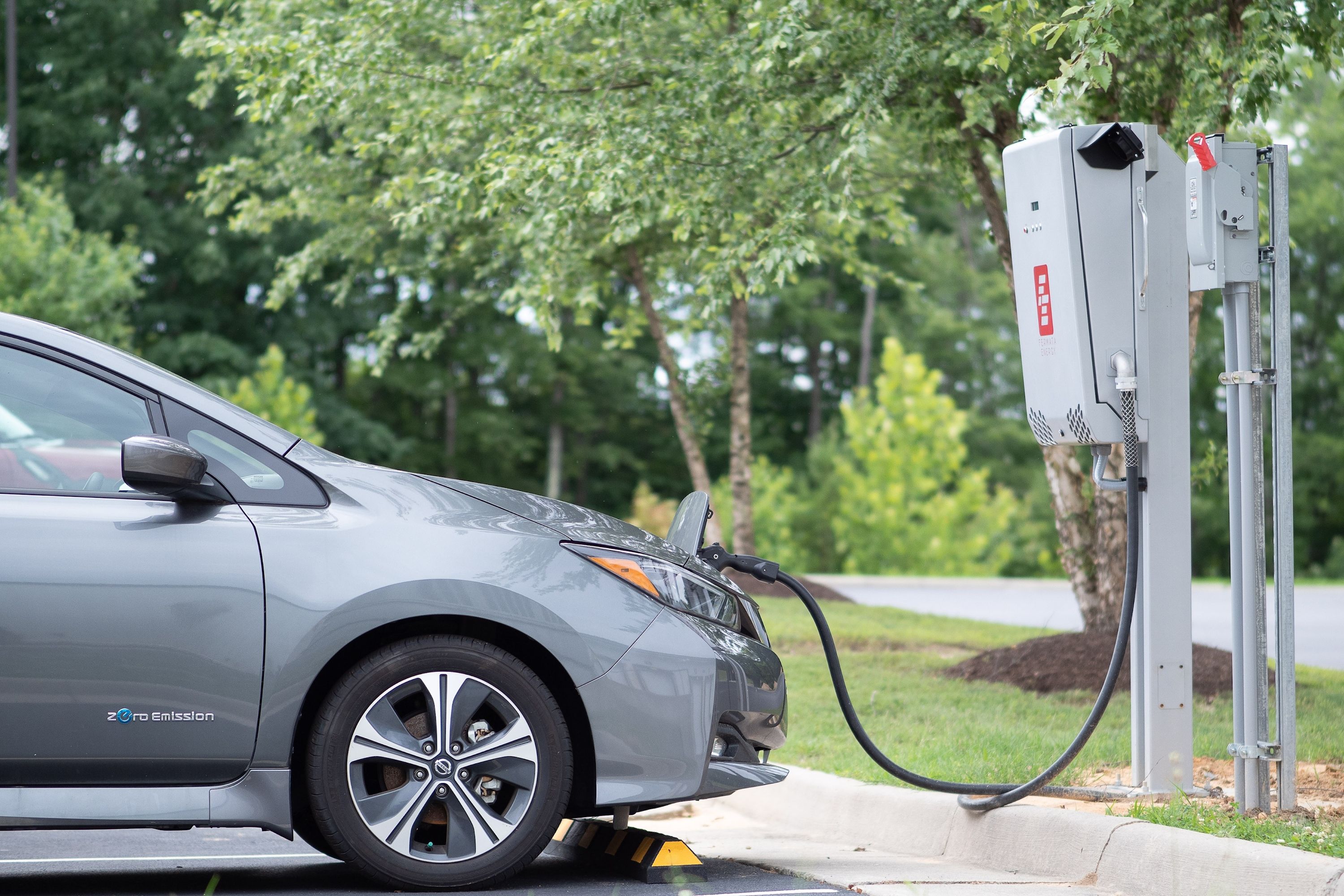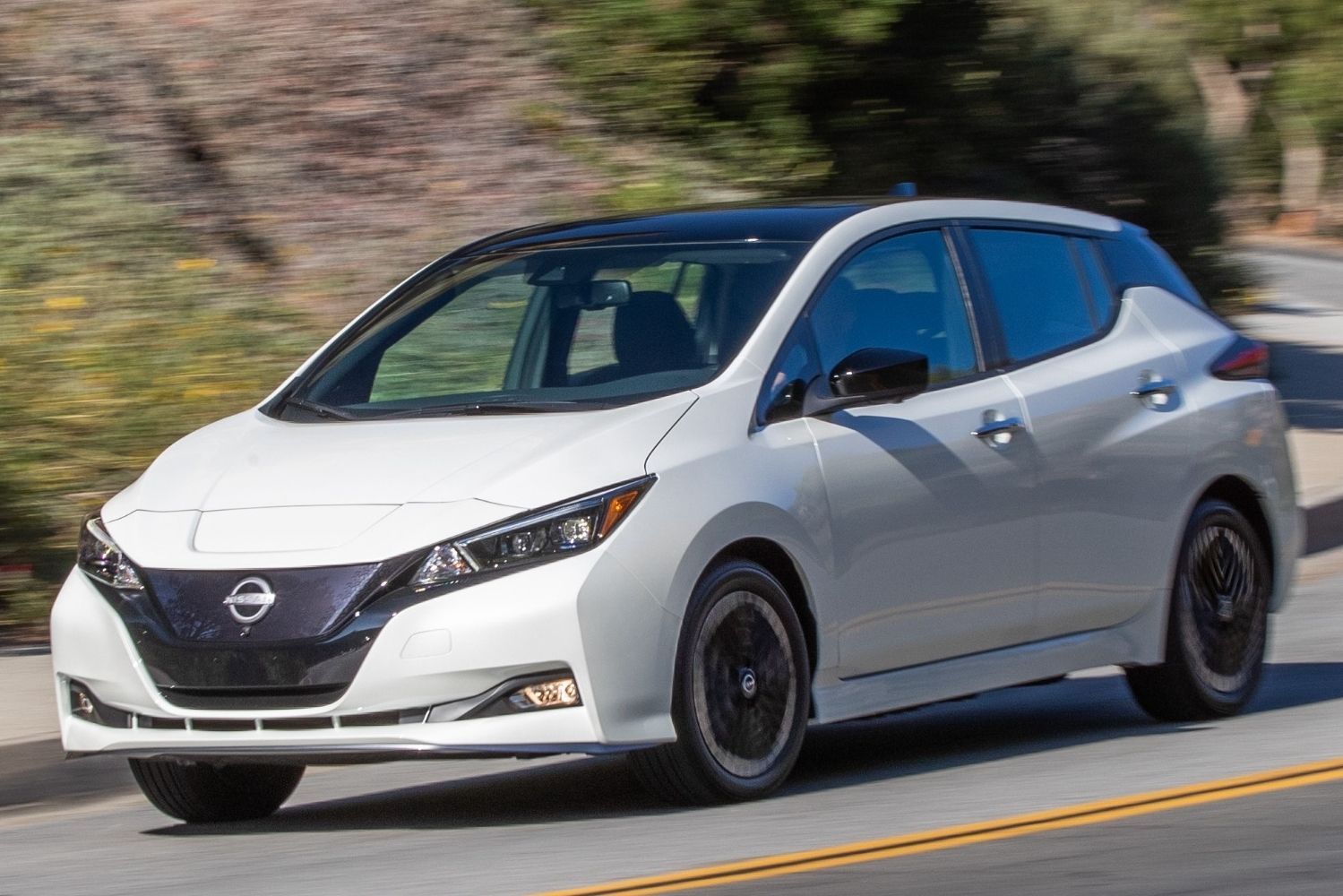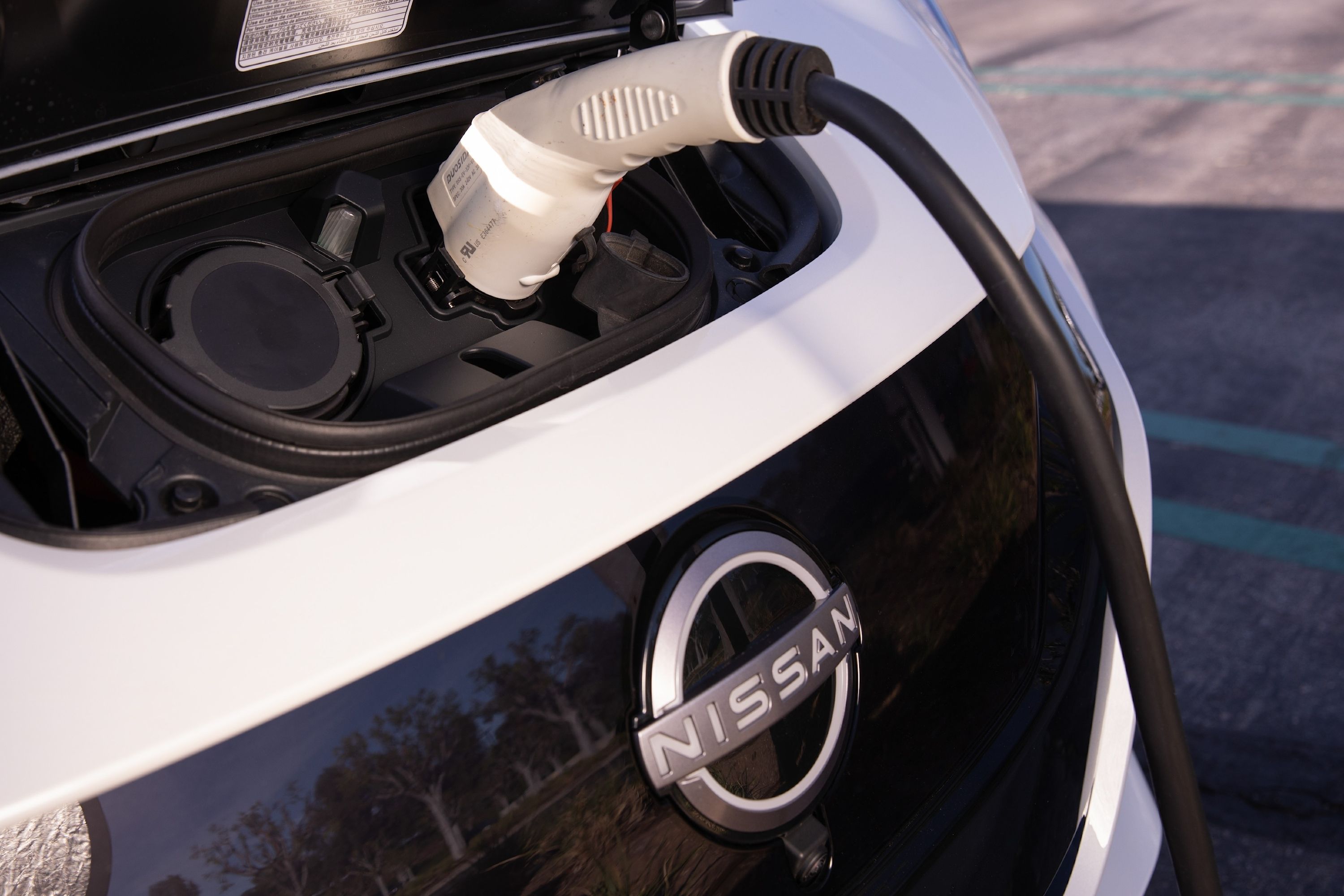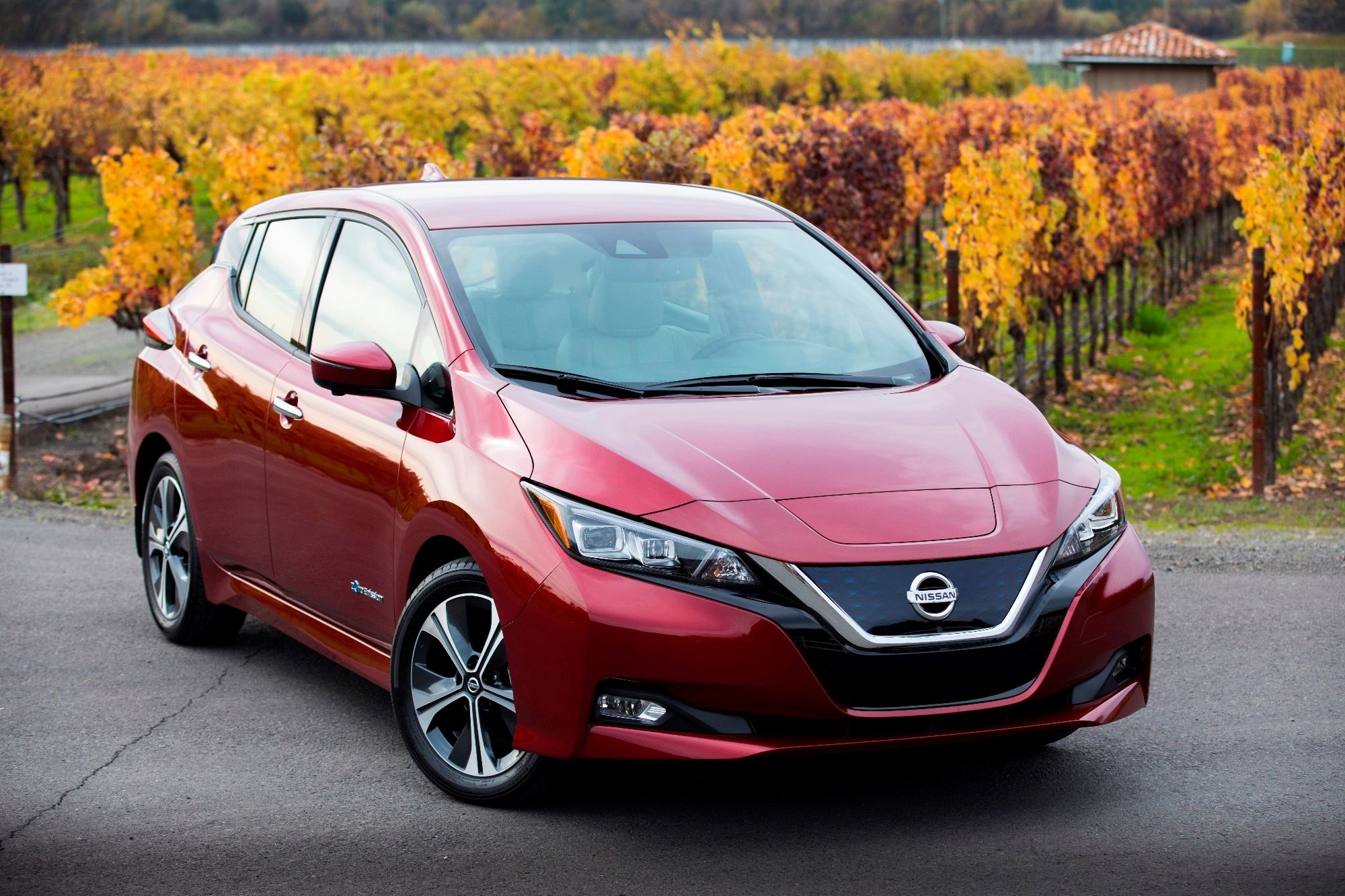
A lot has been said about the upcoming and inevitable switch to EVs, but not enough has been written about its impact on commercial and government fleet owners. There are several good reasons why an EV fleet is a good idea, and now Nissan and Fermata Energy are adding another reason to the ever-growing list by thinking outside of the box.
As we know, EVs can be used to power a house during a power outage. It wasn't a common feature when EVs first started flooding in, but it's almost as ubiquitous as ABS these days. The Ford F-150 Lightning, for example, can power a house for 10 days. Similar systems can be found in Hyundais, Porsches, and Toyotas.
Fermata Energy looked at the technology and realized that the potential stretched beyond a four-hour power outage.
Fermata is a leading Vehicle-to-Everything (V2X) services provider and inventor of the FE-15 bidirectional charger. Nissan recently approved the FE-15 for use with the Leaf without voiding the warranty. So far, Nissan is the only manufacturer to grant permission for bidirectional charging, but other manufacturers might want to hop on board once they see the customers' reaction to the technology.
To explain the technology, imagine you run a fleet of 20 Nissan Leafs from a storage facility. The Leafs are used for last-mile delivery. Assuming you went for the cheapest option, the 149 miles provided by the 40-kilowatt-hour battery is more than ample. When a car is not out doing deliveries, it's plugged into an FE-15 bidirectional charger, which is wired into the building's grid.
The bidirectional part of the name is the most important. It obviously charges the car, but it can also take charge from the car and feed it back into the building. The FE-15 charger continuously monitors a building's electrical loads, looking for opportunities to draw from the fleet of vehicles periodically. During high-demand periods, the fleet of Leafs can power the building instead of relying on the electricity supplier, which charges more during peak energy demand times, such as in the summer.
The City of Boulder in Colorado teamed up with Fermata Energy last year. After a year, Fermata reports that the city saved $270 per month in electric bills at the Boulder North Recreation Center using the bidirectional charger and a Leaf. That's a saving of $3,240 in one year.
"The results we achieved in Boulder offer compelling evidence of how a municipality can leverage an electric vehicle asset for both mobility and facility management," said Fermata Energy founder and CEO David Slutzky.
That figure of $270 is roughly what it costs to lease a Leaf. Thanks to the FE-15 bidirectional charger, the Leaf essentially paid for itself. If one Leaf can save $3,240 in electric bills in just a year, imagine what a fleet of 20 can do...
All of this is over and above the typical EV savings, like electricity being cheaper than gas, minimal service requirements, and a more comfortable, harmonious interior for the drivers. Yes, driving range remains the go-to argument, but a recent study showed that over 75% of EV trucks have more range than they need.
Fleet buyers might also be interested to know that the Leaf is one of a few EVs that qualify for the $7,500 EV credit under the Inflation Reduction Act's guidelines.

